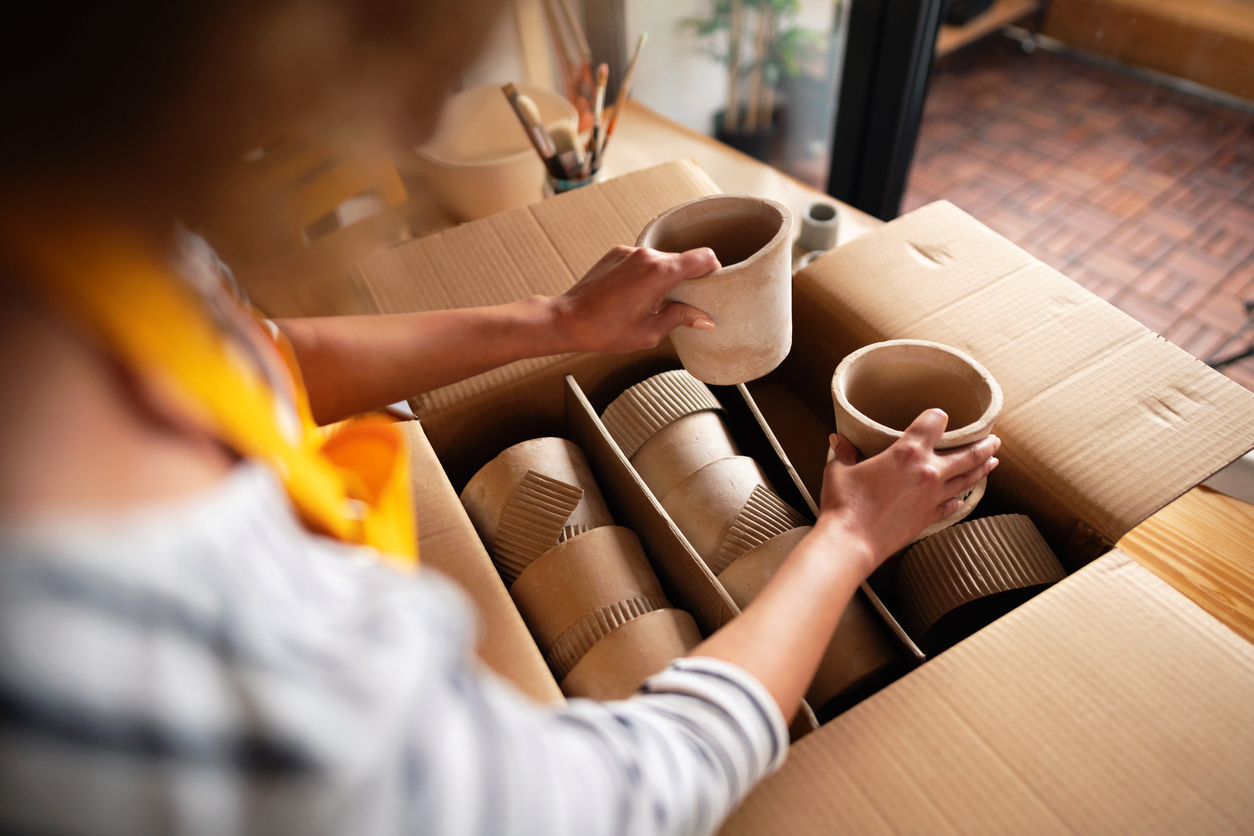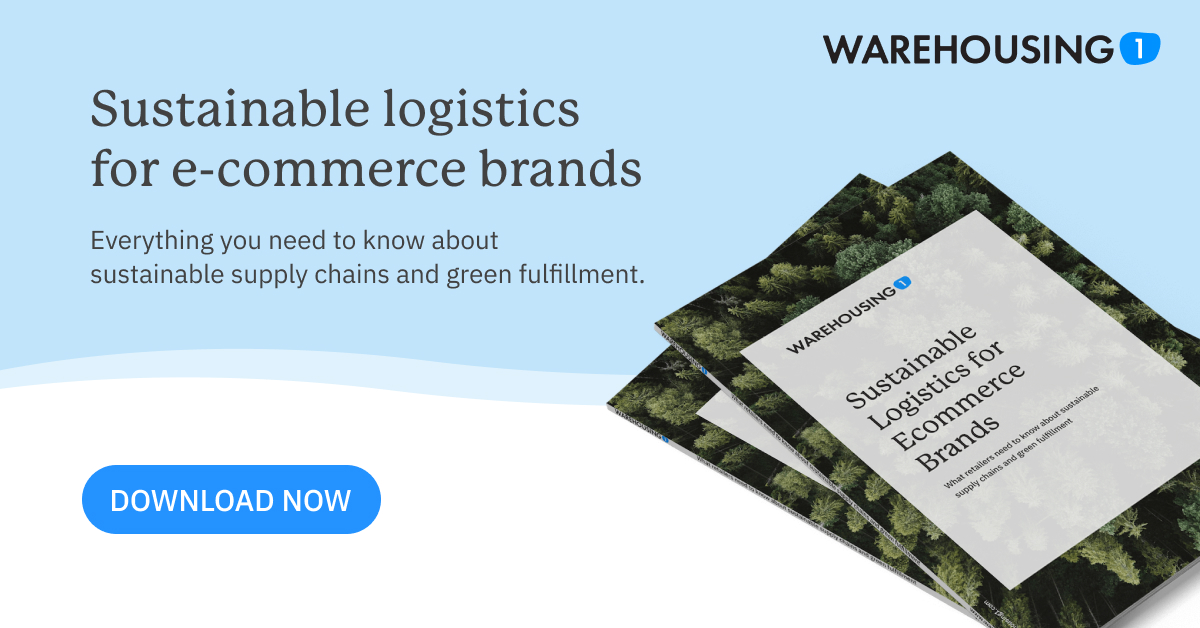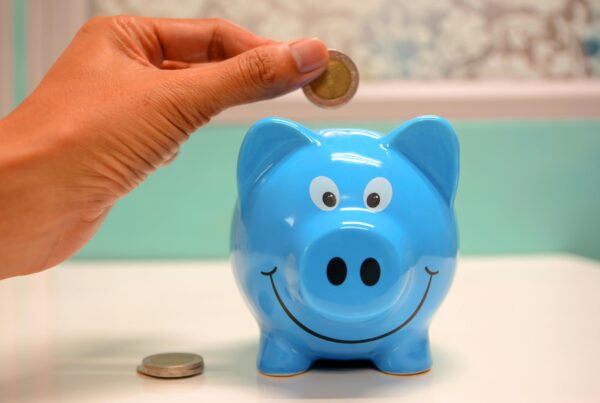The shipping packages pile up in the hallway. The paper garbage can is overflowing again three days after trash day. And you're starting to feel uneasy because so much trash has accumulated again. Most people remember these scenarios from the height of the pandemic. Suddenly, almost everything had to be ordered online, because stationary retail was closed except for grocery stores and the likes. This made many consumers aware of the quantities of packaging waste produced for e-commerce. This awareness among consumers also affects online brands. If brands can communicate that their customers are using as few resources as possible when ordering, they are not only doing something good for the environment. They can also set themselves apart from the competition. Sustainable packaging is an important step in making the logistics around e-commerce more sustainable. There are a few things to keep in mind. We have compiled the most important aspects of sustainable packaging in e-commerce.
Table of contents:
- Resource consumption, paper shortages and price increases
- Padding materials: light and sustainable
- Packaging from recycled material
- Shipping with reusable packaging
- Verbraucher*innen wollen’s nachhaltig
Resource consumption, paper shortages and price increases
Whether cartons, padding materials, or enclosed flyers, many packaging materials are made of paper or cardboard. Across Europe, we consume vast quantities of the brown boxes and other materials made of paper. In 2019, paper and cardboard made up about 40 percent of packaging waste in the EU. That's an unimaginable 32.3 million tons of paper and cardboard , or more than 62 kg per EU citizen – and that was before the pandemic hit! Since then, this number has increased. This is an incredible amount of resources that produces CO2 and kills trees, because paper is made from wood. The e-commerce boom in the pandemic led to a global shortage of paper and cardboard. Manufacturers of shipping boxes are barely keeping up with production. At the same time, it is becoming increasingly difficult and expensive to obtain the raw material for the boxes. According to the German Federal Statistical Office, the price of waste paper, from which cardboard boxes are largely made, has almost doubled since the start of the pandemic. Brands and consumers are paying the price. But where can brands start to switch to more sustainable alternatives to counteract this trend?
Padding materials: light and sustainable
The first step for a brand towards sustainable packaging can be the padding material. Because this is where small decisions for sustainability can make a massive difference. Until a few years ago, it was normal to pack fragile goods in vast quantities of bubble wrap made from petroleum. Now, there are many eco-friendly alternatives that don't rely on fossil fuels. These include film-like packaging that is biodegradable – so-called bio-plastic. Brands can also use recycled cardboard inserts to transport sensitive goods safely. An important note at this point: some recycled filling materials are minimally heavier than their non-degradable predecessors. Weight plays an important role for shipping costs. Brands should keep an eye on shipping provider weight limits to avoid slipping into a more expensive shipping class. Fortunately, there are now enough filling materials that are no heavier than plastic products.
Packaging from recycled material
To avoid cutting down healthy trees for e-commerce, brands can make sure their shipping packaging is made of recycled material. This is already the case with most cardboard boxes. In Germany, waste paper is one of the best recycled raw materials. But shipping packaging isn't just about the folding boxes themselves. After all, labels, adhesive tape and the aforementioned padding materials are often not recycled. Packaging startups like Palamo specialize in a holistic concept. They are concerned with producing product packaging that is lighter and reduces packaging waste, or makes it easier to recycle. To do this, they use environmentally friendly materials that can be recycled together. This includes labels made from certified recycled paper.
Shipping with reusable packaging
Why recycle when the shipping box still looks brand new? This is the question behind the idea of reusable packaging. Reusable packaging is not always made of cardboard, of course. There are many examples of reusable systems, especially in manufacturing. For example, the famous Euro pallet. But couldn't we turn disposable boxes into reusable alternatives? The answer from the startup SendMePack is a resounding: Yes! The young company is working with selected logistics providers to achieve this. Service providers from the Warehousing1 network are also involved. In the logistics centers, SendMePack employees take incoming outer packaging that would otherwise go to waste and give it a second life. In this way, they turn disposables into reusable packaging in just a few simple steps. In this way, brands that use sustainable shipping packaging from SendMePack also save water, wood, emissions, and pollution. A home run in terms of sustainability.
Consumers want sustainability
More and more consumers are caring about sustainable alternatives. In 2020, 43 percent of surveyed US consumers cited environmental impact as extremely or very important for packaging. The number will continue to rise as awareness grows among the population. Brands can set themselves apart from the competition with the right packaging and should therefore communicate their own sustainability efforts to customers accordingly. This can also help improve the company's image and increase customer loyalty. If you want to change your shipping packaging to a more sustainable version, contact your fulfillment service providerearly on to make sure everything runs smoothly. Warehousing1 enables its customers to ship with sustainable alternatives to ordinary shipping packaging. Feel free to contact us on the subject.




